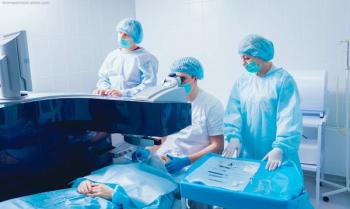
A prototype of a novel dual-mode, accommodating-disaccommodating intraocular lens with zonular capture haptics has been fabricated successfully. The lens has shown in bench studies to exhibit axial shift and shape change that results in up to about 26 D of accommodative change,



















































.png)


